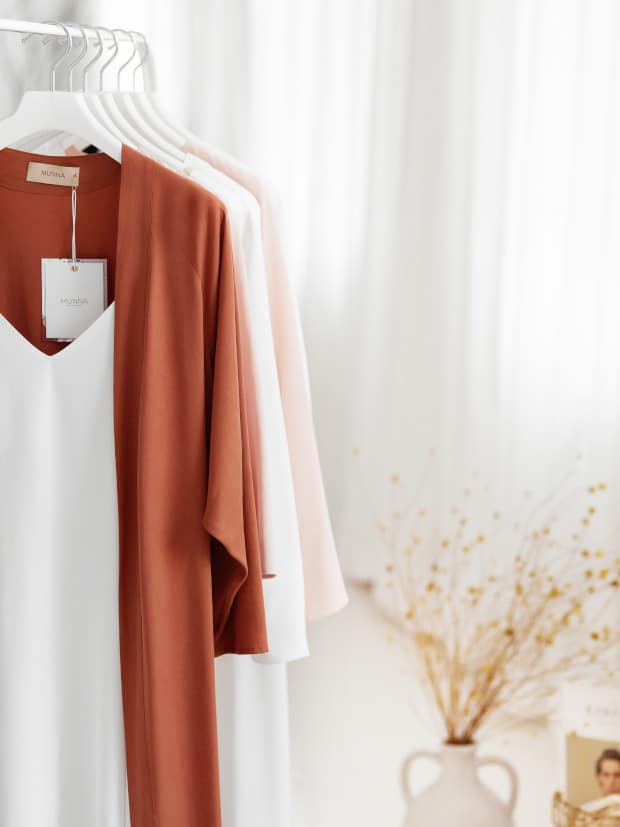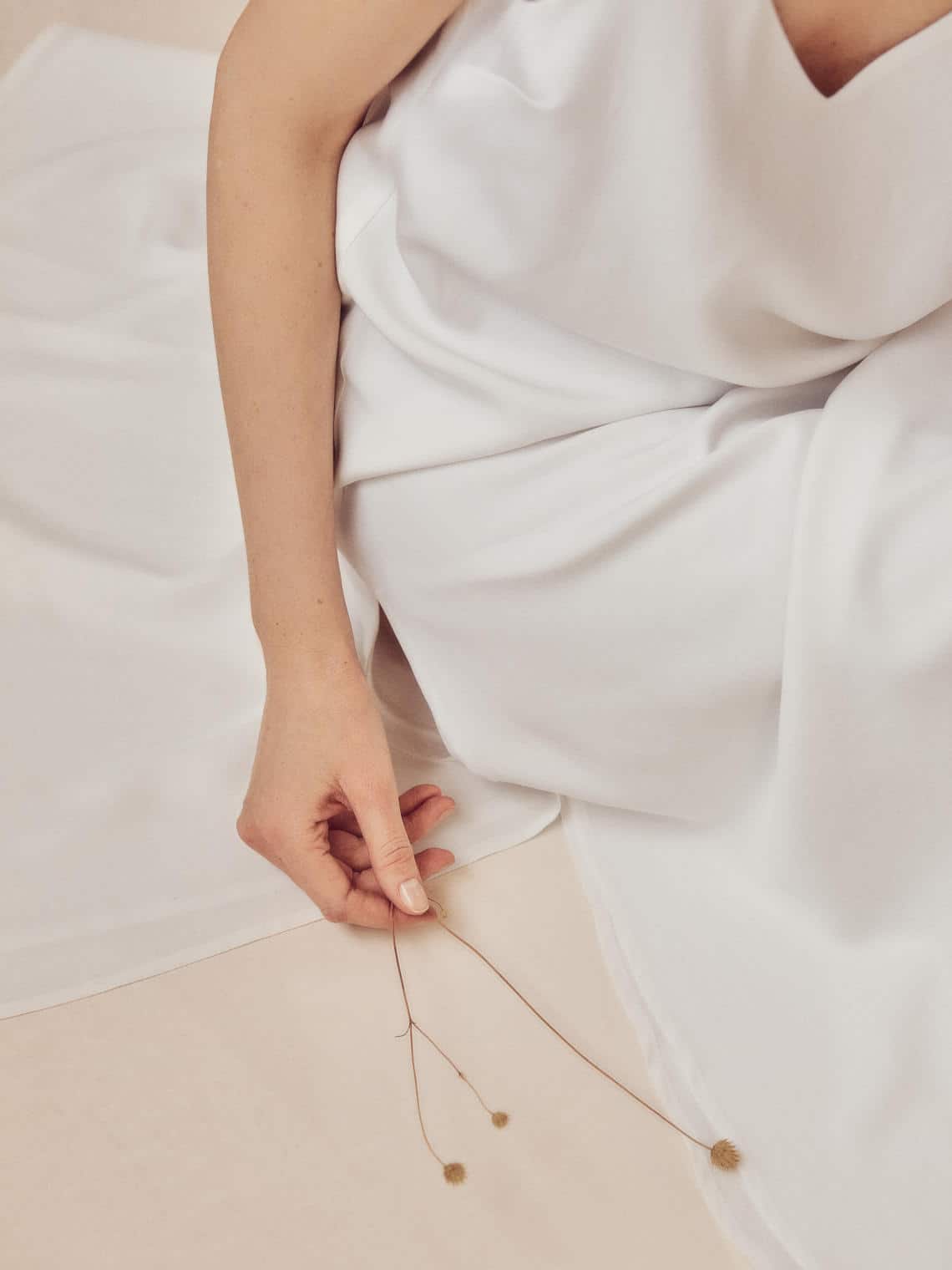Maybe you’ve heard of it, maybe you haven’t: It’s lyocell (also known as Tencel, Newcell or Excel if you’re talking brand names), and it’s one of the newer sustainable fabrics to start making headlines. But what is lyocell, exactly, and is lyocell a good fabric for the outdoors? We’ll break down the pros and cons so you can suit up sustainably.
About Lyocell
Let’s start with the basics: lyocell is wood. The cellulose from wood pulp, to be exact. The pulp is broken down in recyclable chemicals and spun into fibers that are used to make yarn, which can then be turned into clothing and gear. The result is a super soft and silky texture that feels nice on the skin, but is also super durable.

Is Lyocell sustainable?
In short, yes. According to The Guardian, it’s most often made from eucalyptus trees, which are fast-growing, don’t need irrigation or pesticides, and are grown on land no longer fit for food. Making lyocell doesn’t require toxic chemicals and compared to cotton, lyocell has the potential to use less than half as much water during production. It doesn’t start smelling as quickly as cotton, either, so you can wash it less often, which saves water.


However, many studies point to the fact that while the process of growing trees and making lyocell is largely sustainable, that designation also depends on how trees were harvested, whether the high-tech processes used to turn the wood pulp into fiber are powered by fossil fuels, etc. And because it’s still a relatively niche material (as in, a lot of people outside of the “sustainable fabric” industry aren’t familiar with it), it’s not available to the degree that cotton is, though some pretty big brands are starting to utilize it.
Facts and benefits
- It’s super breathable, even more so than cotton, plus it wrinkles less.
- Lyocell is also very absorbent with some moisture-wicking properties, so it’s more comfortable than most fabrics in hot, humid environments.
- The process is closed-loop: 99% of the chemicals and solvents used in the process to break down the wood pulp are recovered and recycled with minimal waste and very low emissions.
- The process received the European Award for the Environment from the European Union.
- Tencel uses less land. Cotton needs 5x more land than eucalyptus trees and it has to be quality farmland, whereas the trees can grow in largely unusable soil.
- Tencel requires up to 20% less water than cotton production.
- It’s tougher than cotton, so it will last longer.
- It’s biodegradable, unlike synthetic fabrics.
- Unlike synthetic fabrics like polyester, which are petroleum-based products, lyocell is a natural material.
Is Lyocell good for outdoor clothing?
Sort of. While lyocell is a sustainable fabric, it doesn’t have quite the same moisture-wicking properties of synthetic materials, but it is better than cotton, and certainly dries faster. In fact, because lyocell absorbs more moisture than cotton, it’s extremely breathable, which makes it great for warm temps. Pair that with its light and airy feel and you’ve very possibly got yourself a good material for travel clothing or warm-weather hiking. But its thermal regulation properties will keep you warmer than cotton in cool temps, too. Basically, as long as you’re not anticipating extreme temperature swings or super cold, wet weather, lyocell will certainly hold its own in the great outdoors.
Bottom line
Want a more sustainable fabric? Get yourself some lyocell clothing. It’s soft like cotton but more breathable; durable like synthetics, but more comfortable. And the production process is more sustainable than either. Is there lyocell clothing or gear in your closet yet? How does it perform in the wild?
Check out some of these items made using lyocell: Lyocell Collection
Source: terradrift.com

Leave a Reply
You must be logged in to post a comment.